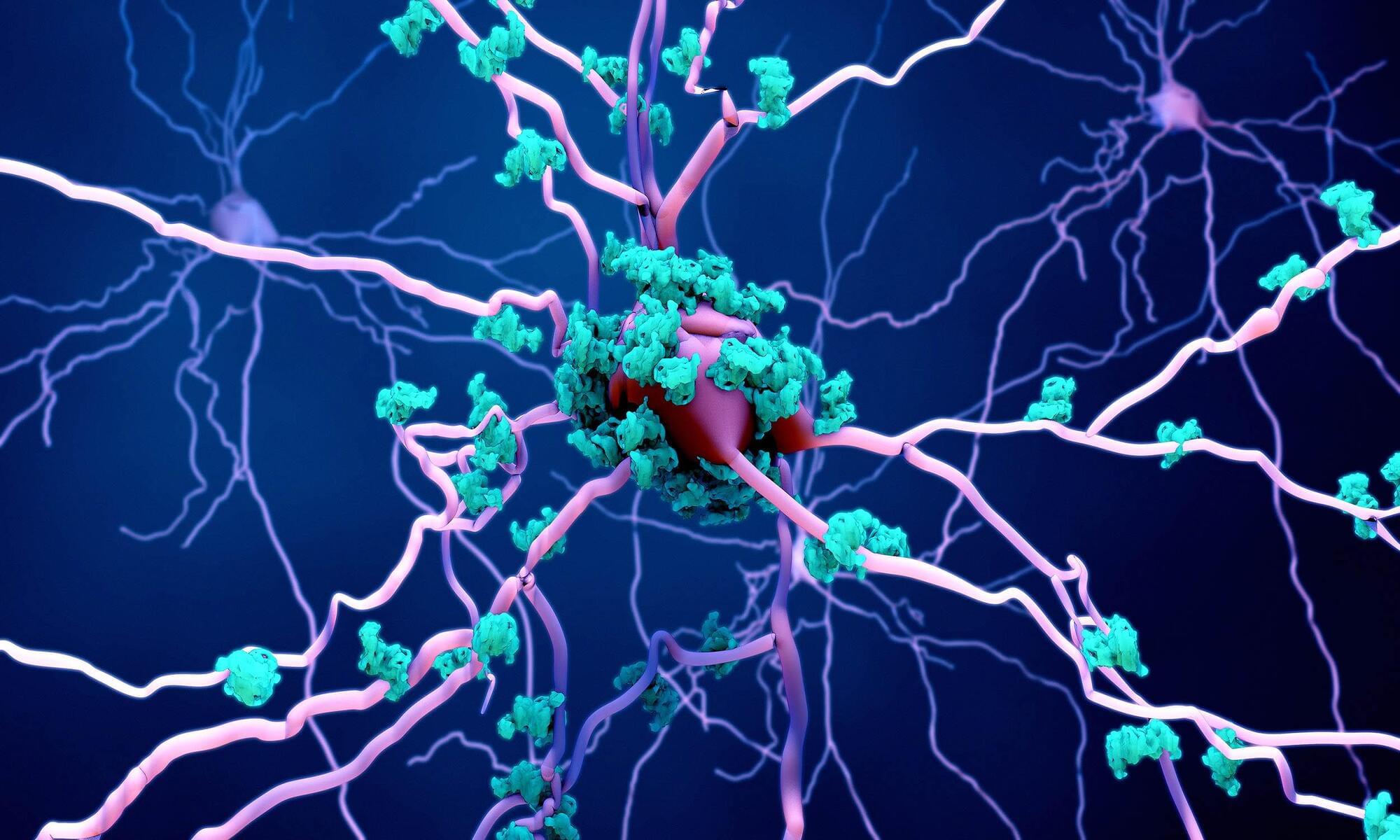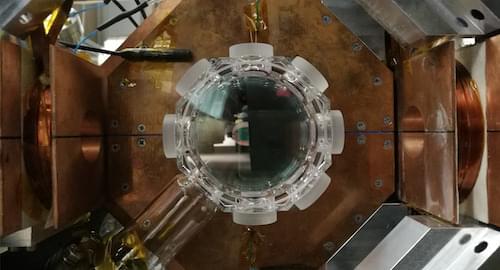New research shows that even mild, prolonged exposure to low oxygen levels can significantly disrupt the blood-brain barrier (BBB) in aging brains.



Astronomers have filled a large gap in knowledge about Mars’ water cycle. Their research on water percolating from surface to aquifer could change the picture of what early Mars was like, suggesting that less of the planet’s water may have been available to become rain and refill lakes and oceans.
Billions of years ago, water flowed on the surface of Mars. But scientists have an incomplete picture of how the Red Planet’s water cycle worked.
That could soon change after two graduate students at The University of Texas at Austin filled a large gap in knowledge about Mars’ water cycle — specifically, the part between surface water and groundwater.


What if accessing knowledge, which used to require hours of analyzing handwritten scrolls or books, could be done in mere moments?
Throughout history, the way humans acquire knowledge has experienced great revolutions. The birth of writing and books altered learning, allowing ideas to be preserved and shared across generations. Then came the Internet, connecting billions of people to vast information at their fingertips.
Today, we stand at another shift: the age of AI tools, where AI doesn’t just give us answers—it provides reliable, tailored responses in seconds. We no longer need to gather and evaluate the correct information for our problems. If knowledge is now a tool everyone can hold, the real revolution starts when we use this superpower to solve problems and improve the world.
It’s been thought that T cells would only move into the brain in the case of a serious problem. New work shows otherwise… | Cell And Molecular Biology
New YT video, featuring RAADFest creator, James Strole!
Join us on Patreon! https://www.patreon.com/MichaelLustgartenPhD
Discount Links/Affiliates:
Blood testing (where I get the majority of my labs): https://www.ultalabtests.com/partners/michaellustgarten.
At-Home Metabolomics: https://www.iollo.com?ref=michael-lustgarten.
Use Code: CONQUERAGING At Checkout.
Clearly Filtered Water Filter: https://get.aspr.app/SHoPY



